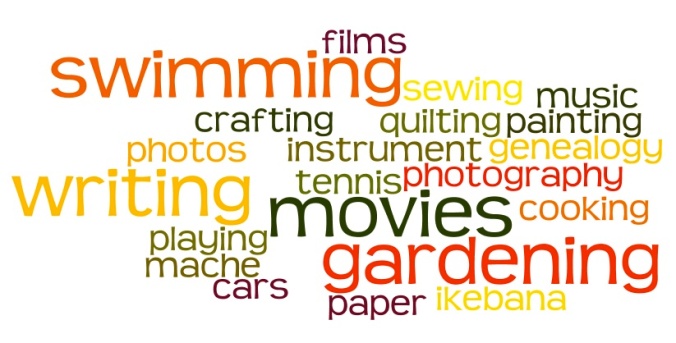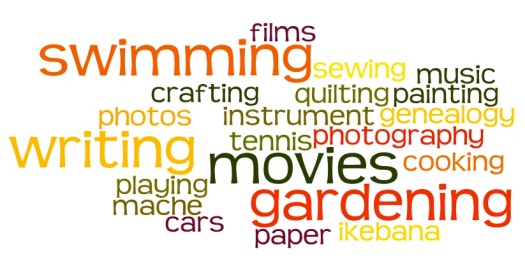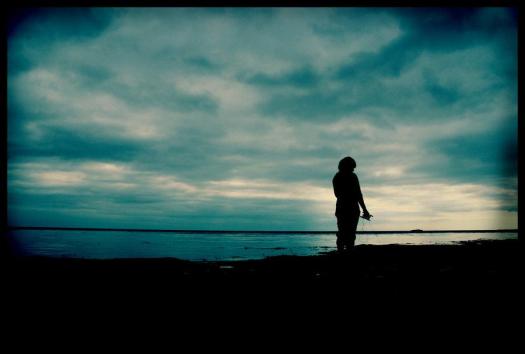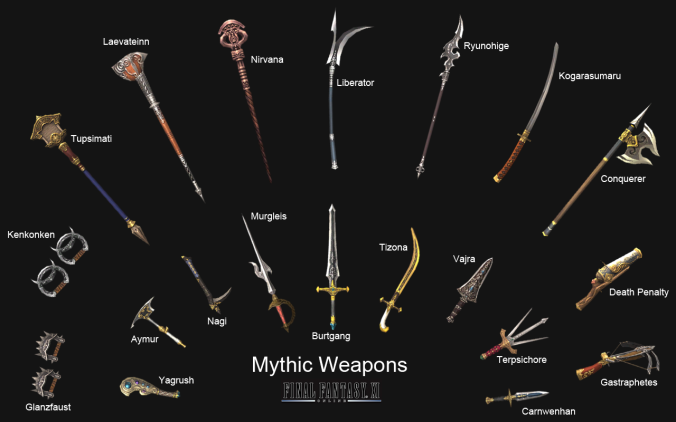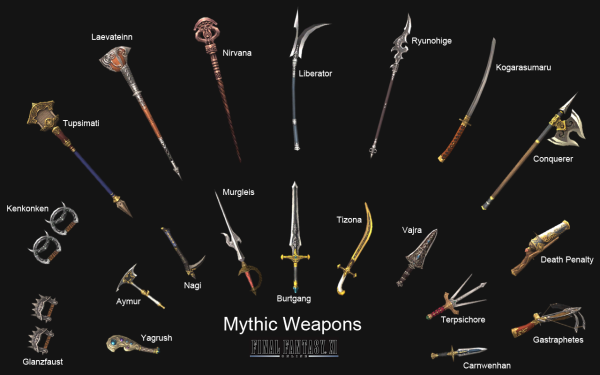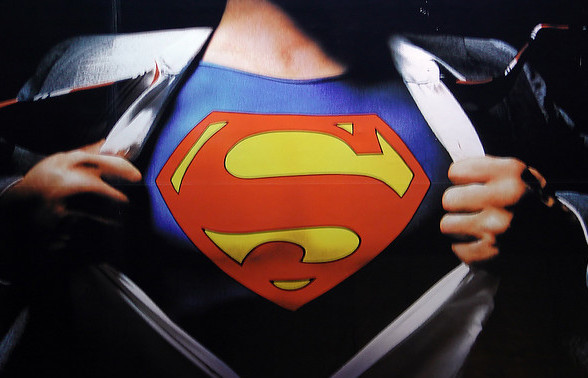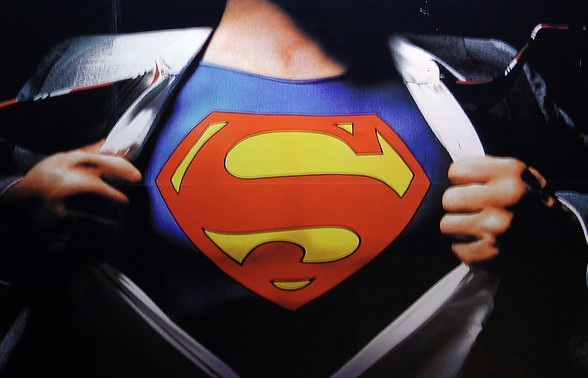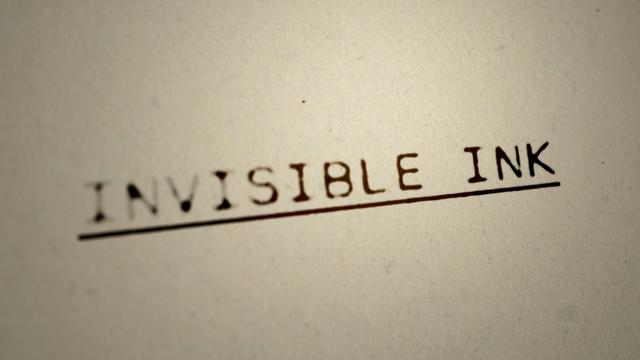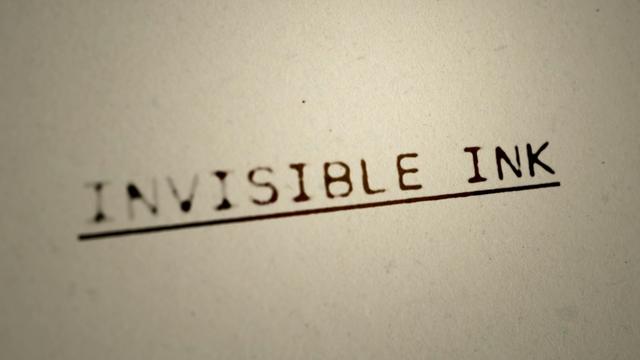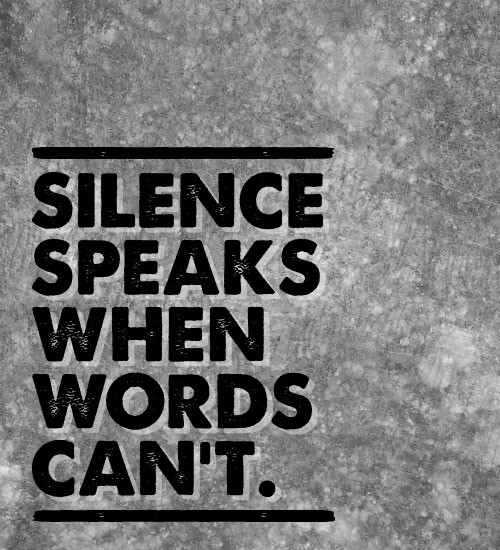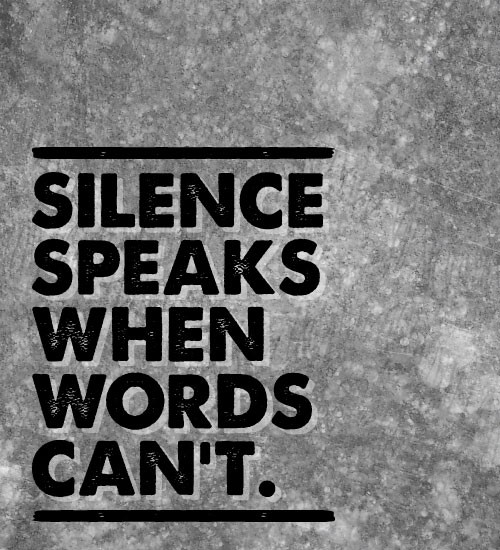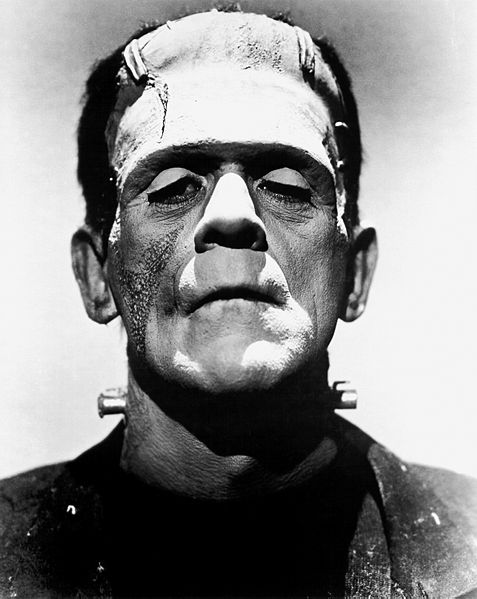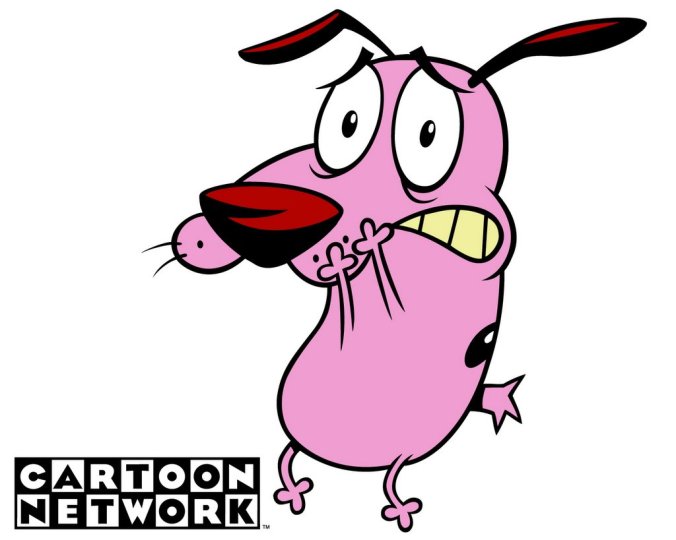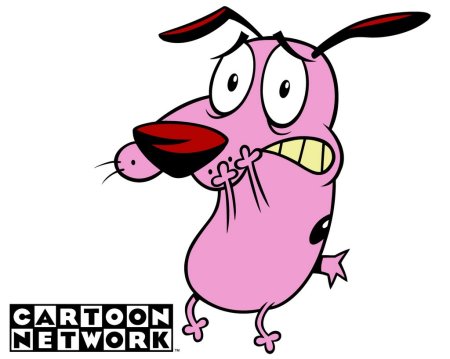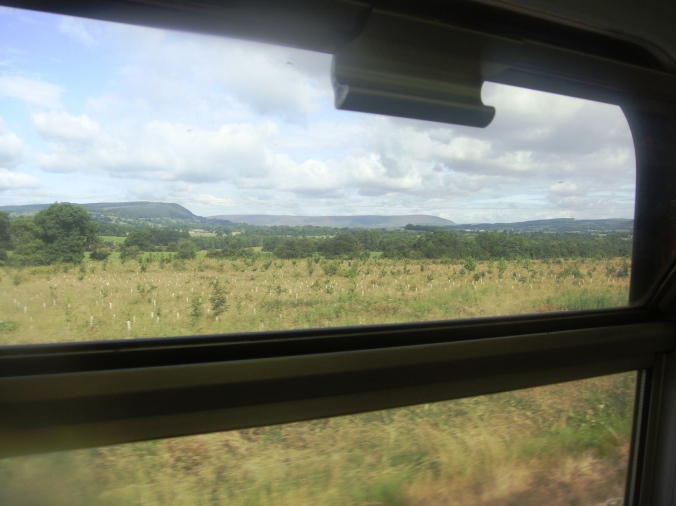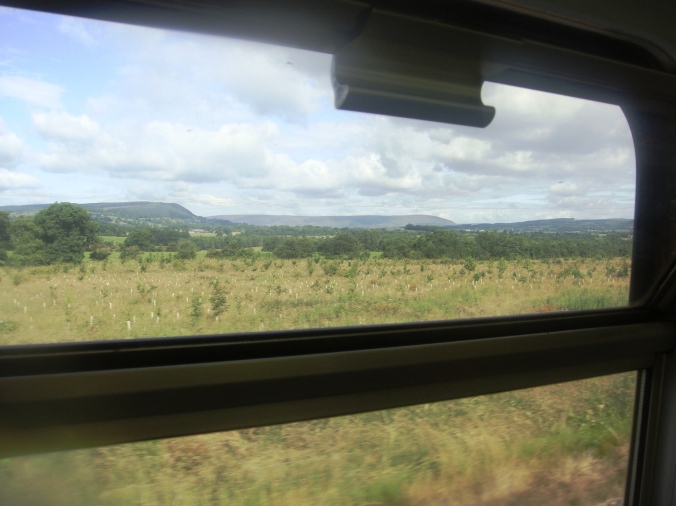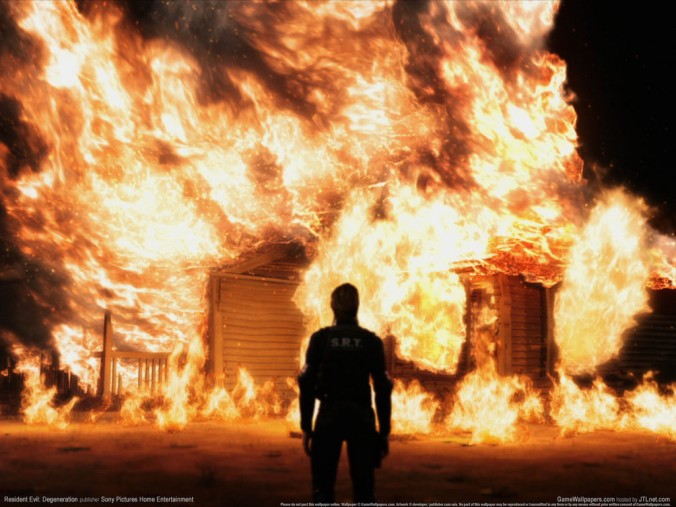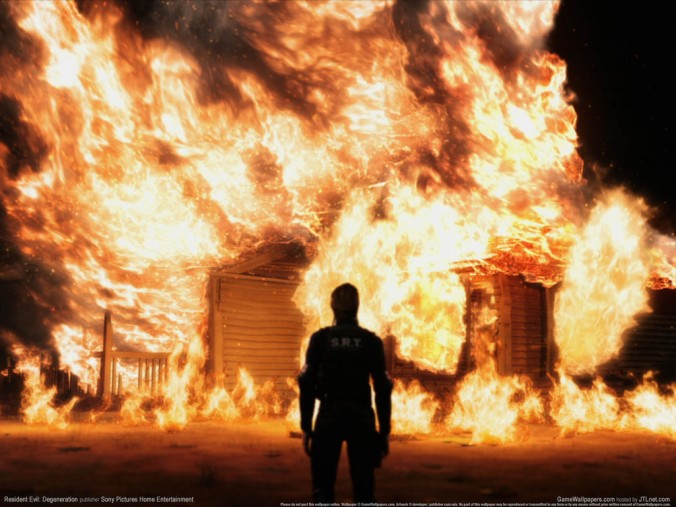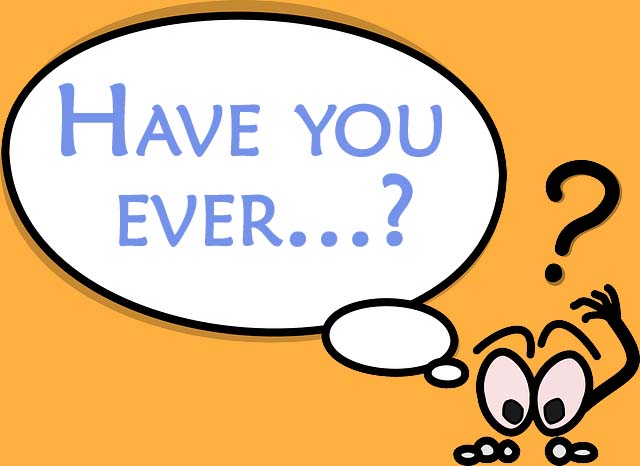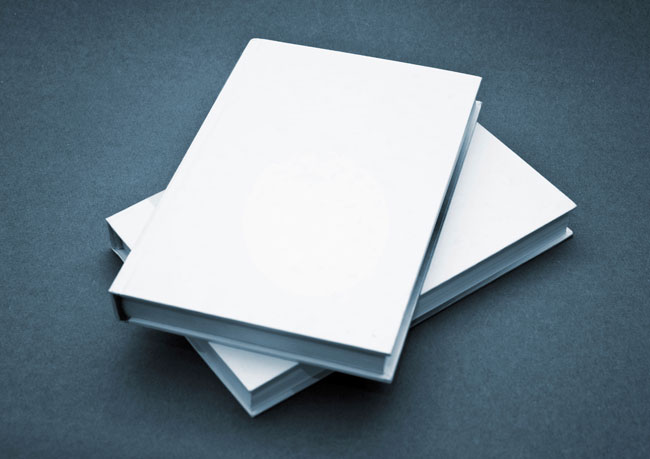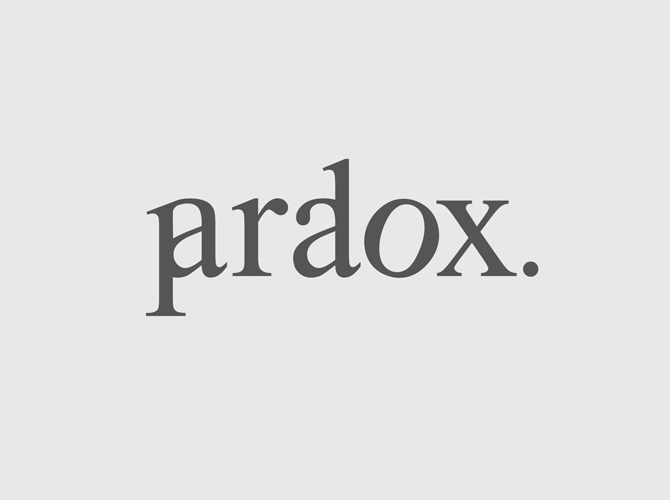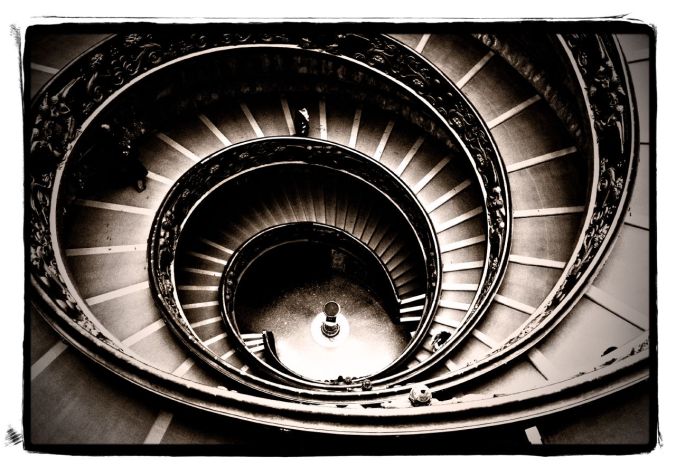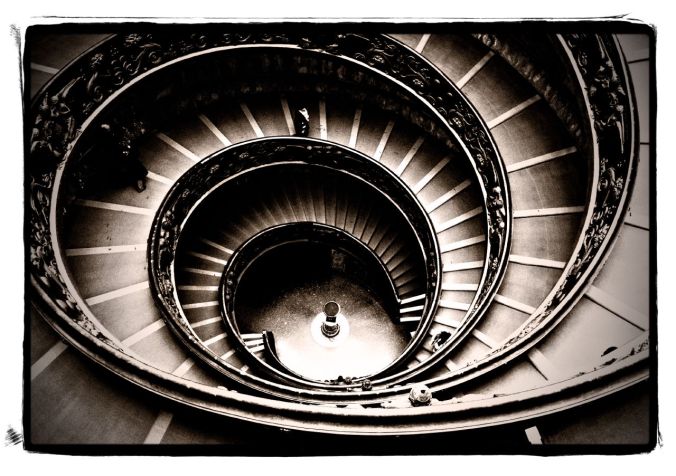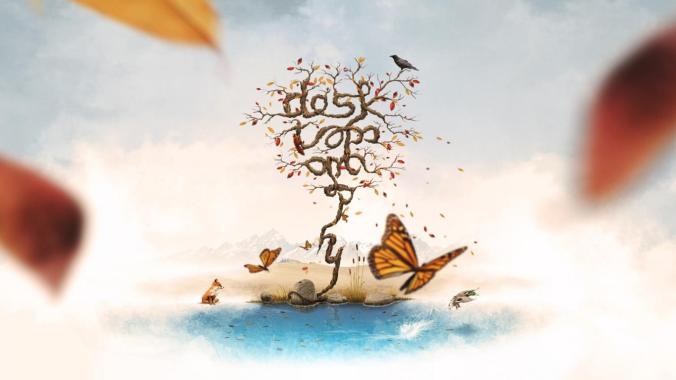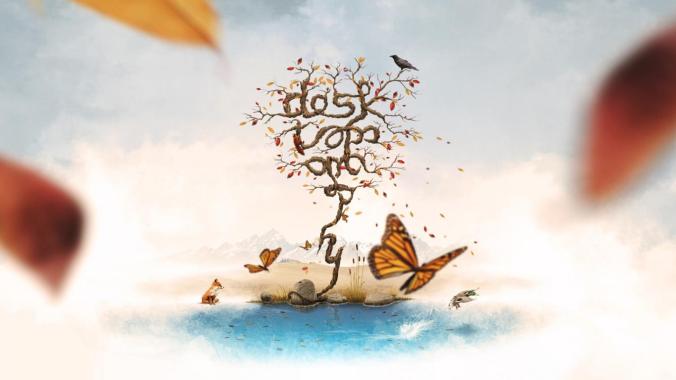Have You Ever…? #14
Have You Ever…? #13
Have You Ever…? #12
Have You Ever…? #11
Have You Ever…? #10
Have You Ever…? #9
Have You Ever…? #8
Have You Ever…? #7
Have You Ever…? #6
Have You Ever…? #5
Have You Ever…? #4
Writing Fiction: Details, Details
Very insightful examples of the effect of detail in fiction. Do you slip details unconsciously or mull over its specific effect before penning it?
Apparently, at the microscopic level it is possible to see that print rests on top of the page. Similarly, I can read a whole chapter without ever quite getting absorbed by it. But this is what I hope for: the point when it becomes immaterial whether I am reading a book or a Kindle.
One of the ways in which writers achieve this is in their use of detail. In the discussion of character I quoted from Lisbeth Salander’s trip to Ikea. The full list of what she buys is, ‘Two Karlanda sofas with sand coloured upholstery, five Poang armchairs, two round side tables of clear lacquered birch, a Svansbo coffee table, and several Lack occasional tables.’ It would have been easier to tell us that she went to Ikea and bought some furniture, but it doesn’t engage in the same way, the list somehow adds to character and…
View original post 469 more words
Have You Ever…? #3
Have You Ever…? #2
✎ NaNoWriMo Special: Have You Ever…? #1
Happy Post-Halloween, everyone! The witches and pumpkins have flown off and now a bigger scare lands on our doorstep. It starts with N and rhymes with ‘spew out 50-asfhjksvdsdwords’. Which means it’s time to spice things up around here.
Every day of November I’m going to pose a question to you writers. Just for fun. You might like to spend two seconds pondering it; you could even share your thoughts in the comments or use them as a prompt for your writing. Do whatever you like. I certainly will. Shall we hit off?
Have you ever given your antagonist a family?
✎ Writing prompts (Week 18)
1
They asked her which planet she wanted to live on next.
2
Selfish.
3
“Did you hear what they’re saying about the old post office?”
4
It was the last thing he wanted to see.
5
One of your characters is handmaking a gift for another character. What are they making, why and do they end up giving them the present?
6
2013 NaNoWriMo (National Novel Writing Month) Calendar
An essential calendar for your scary venture into NaNoWriMo 2013! Generously made by Melora Johnson, this sweet calendar has quotes, reminders and the good old daily word count. Who wouldn’t love to have this on their wall?
Here it is folks – a calendar of quotes and inspiration with your daily word count goals for NaNoWriMo. We’ve still got a month and a half so start day dreaming about what you want to write now!
I’m going to attach the calendar full size but you will probably have to click on it to really see the image clearly.
✎ Give Your Book A Face
I hate to admit it but I really do judge a book by its cover. I’ll still read any book, but it’s always the good looking ones that catch my eye first. And quite often, I get jealous because I wish my books could have covers like these… so I get into a bit of fantasising. ‘Say I get published, I hope they find an awesome artist for the cover illustration… but man, that’s ages away! I wish I could have something right now!’
Then I thought: what’s stopping me?
I reckon a little premature fantasising can be healthy for you. It’s hard to keep motivated throughout a writing project, especially for something as big as a novel. We need all the motivation we can get! Sometimes having a cover for the books we’ve spent so much time and love on is all we need to see on a bad day. It doesn’t have to be the one or even a good one. It’s just something tangible, that’s all. Something you can print out and stick over your desk, waiting for you to put some pages in it. If you’re into self-publishing, you’re probably on the lookout for a cover anyway, so why not get started early? Plus, it can be fun!
So how do we go about putting a face to our beloved books?
Well, picking up a pencil (or tablet pen) could be a start! Especially if you’re an artist or have a vivid idea of what you want to see. The best part about designing the cover yourself is that you get to call all the shots. You don’t even need to be a particularly good artist to do this. It’s just a spot of fun that may or may not be seen by anyone other than yourself. Throw yourself into it! Get abstract and make a montage of magazine clippings; make a newspaper wrap-around; dig up your childhood drawings. Tap into that other spectrum of creativity.
If you’re not into DIY, maybe you can commission an artist you admire to design the cover for you, or draw an illustration you could then format into a cover. I for one am keen on commissioning an artist to draw some portraits of my characters for reference. I’m a regular browser on deviantART, a site where artists share their works. There are heaps of people doing commission work out there. It’s up to you to find an artist whose style you like, and whose price fits in your bracket – because trust me, the range is huge! Are you looking for landscape or portraits? Symbols? Realism or photography? How much are you willing to pay? How will you describe what you want? All the research will pay off when you have a shiny new cover on your wall!
Another option I recently discovered is purchasing pre-made book covers. This means that someone has made covers of their own choosing and are selling the design for a set price. Once you buy a cover, they will edit the title, author’s name and any additional text at your request. It takes only a few days (most of the time) and voila! Instant book cover! The downside is that you’re looking through covers that are already made rather than ones you tailored yourself. You might not find one that’s perfect for your book – I know I haven’t. I’d encourage you not to be disheartened though. Don’t settle for the cover that looks okay and goes pretty well with the story, but is just missing that tiny detail you can’t put your finger on. Wait for the artist to put more covers out, or pay a bit more for them to design one just for you if they offer that option. Browse around and find a couple of cover-makers you like. Pay more attention if you are looking for a cover you can put on your book and sell to the public; good artists will use paid-for stock images that are licensed for creative use. You don’t want to pay for a cover that infringes on copyright! Also, check if the cover is made for e-books or physical printing – different resolutions give different results. I personally love Go On Write by humblenations. I flick through it whenever I’m restless and dream about one day finding the one staring back at me.
I’m still on the hunt but you guys will be the first to know if I ever find that perfect book cover. I know it’s out there somewhere!
Do you already have a cover for your book? Or would you rather wait until publication to see what you get? What kind of ideas do you have for the ideal book cover?
Happy writing,
Christine
Focusing Inspiration
Good old tips to find inspiration. The ten random objects method sounds pretty fun!
Professional Writer: Zack Palm
Originally I wanted to share about how to discover inspiration. Before doing so I misunderstood what exactly inspiration is. It’s everywhere. You could get it from a spoon hanging at a certain direction. From the way your fingers sound as they type away at the keyboard. Running water that you happen to hear when you’re driving nearby a river in your car. Inspiration is everywhere, that all depends on you. What’s the next step? Using it. Focusing that inspiration is something some writers have trouble with. They have an idea of what they want, but what next?
Here are a few things that you could do to help use it properly –
Find a sticky note:
Sticky notes are extremely useful if you have a break down of ideas. If you want to build off it later, you can create a tree like brainstorming session. Have the main idea in…
View original post 443 more words
✎ Writing prompts (Week 17)
7 Great Online Research Resources for Writers
We may have a love/hate relationship with research, but no one says no to research resources! Who knows when you’ll need to research the shell patterns of the earth’s first living turtles?
[found on dailywritingtips.com by Mark Nichol]
“Doing research to strengthen a current story or article, or to get ideas for a new one? You can google all you want and hope for a productive return, but to engage in a focused search, try one of these mediated experiences instead:
1. Infoplease
From current events to reference-desk resources to features about history, this site puts a remarkable array of information within reach. Guides to the nations of the world, timelines of political, social, and cultural developments, special quantitative and qualitative features like “The World’s Most Corrupt Nations” and “Color Psychology,” and more cover just about anything you could think of.
2. The Internet Public Library
Unlike the other reference centers on this list, the IPL is a portal to other Web sites, brimming with directories of links in topics like Arts & Humanities. (Dictionary of Symbolism? Check. Ask Philosophers? Right. Legendary Lighthouses?…
View original post 441 more words
10 Paradoxical Traits of Creative People
You know, I always thought I would be hard to psychoanalyse. Like I’m a perfectly normal person, just with something a little… off. Too unruffled, too lazy, too unconventional, too boring, too curious, too sentimental. Like I’m everything at once and nothing particular at the same time.
But somehow, I’m always nodding my head to the articles, pictures and whatnots that float around the writing community. The ones like #youknowyouareawriterwhen, and stuff like 10 Paradoxical Traits of Creative People. A quick glance had me blinking. And blinking. And blinking.
Well, damn! Does my own mother know all of this?
Are you one of those creative people? Take a read of the article and see if what’s on the screen matches up with what’s up there.
Happy creating!
10 Paradoxical Traits of Creative People
A Writer’s Wisdom: Neil Gaiman
A legend indeed :)
Neil Gaiman‘s 2012 commencement address at the University of the Arts in Philadelphia is a moving testament to the beauty of following your creative vocation, no matter where it takes you. Grab a cup of coffee or a glass of wine and be prepared to be inspired.
✎ Writing prompts (Week 16)
Guest Post: How Properly Structured Beginnings and Endings Hold Your Book Together
Everyone loves novel structuring advice from the experts!
✎ Writing prompts (Week 15)
1
I almost did it.
2
He ran to the edge. The bottomless darkness smiled up at him.
3
Plastic.
4
It sounded less like a siren, more like a hopeless infant wailing through the night.
5
Create a new animal/beast for your fictional world. What does it eat? What scares it off? How big is it? What would your characters do if they met one?
6
“I’m pretty sure I told you not to go that way.”
7
8
50 Ways to Say ‘Villain’
Perfect list! I’ve been using ‘thug’ far too often lately…
by Mark Nichol from Daily Writing Tips
1. Baddie: a bad person, especially a villain or a villain’s underling in a novel, a film, or a television program (usually lighthearted)
2. Beast: a reprehensible person, especially one with coarse, violent habits
3. Black sheep: an amoral, dishonorable person
3. Blackguard: a reprehensible person
4. Brute: a violent person
5. Bully: a violent person, especially one who intimidates or hurts weaker people
6. Cad: a thoughtless, uncaring man
7. Caitiff: a coward or a reprehensible person
8. Cutthroat: a vicious person
9. Dastard: a coward, or a deceitful or treacherous person
10. Desperado: a criminal, especially in the Old West
11. Devil: an evil person
12. Evildoer: a person who commits evil acts
13. Fiend: a malicious or wicked person; alternatively, an addict, a fanatic, or a…
View original post 364 more words
✎ Writing prompts (Week 14)
1
The old woman’s skinny legs dashed her around the corner before her walking stick even hit the sidewalk.
2
Restless warrior.
Brownie points for guessing which song I’m listening to right now ;)
3
“She said this would be fun.”
“And?”
4
I’ve never had a pillow fight before.
5
I asked her what the best part of shopping was. She thought for a long moment, frowning. Then something clicked.
“Men!” she said happily. She waved her hands. “Men everywhere! Beautiful, beautiful!”
I sighed. “Right here, darling. Right here.”
6

